

The LangMedia site is currently being updated. This resource is available for use while the updates are happening, but does not follow the normal path through the LangMedia pages. You can use the back button to return to the previous page at any time. If you are looking for other LangMedia resources, use the navigation link above, entitled "Home", to access the main page of the site.
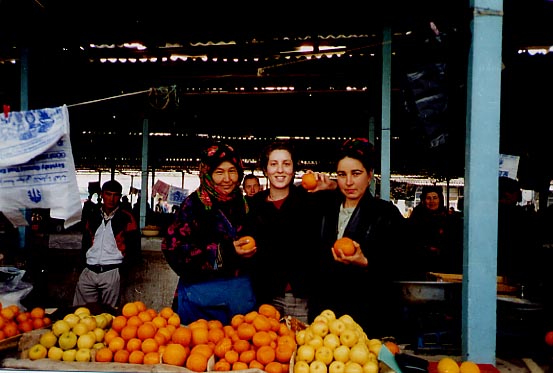
Fruits and vegetables are seasonal, always fresh and organic.

The meat in Turkmenistan is usually fresh, cut and for sale in the butcher shops.
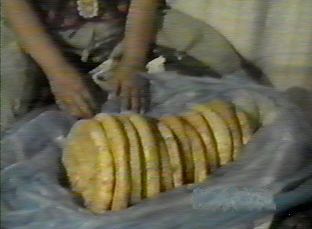
Bread is considered an important part of the meal in Turkmen culture. The taste, shape, and ingredients of Turkmen bread, known as "nan" or "corek," vary according to the region. Above is a type of "nan" made in Mary.
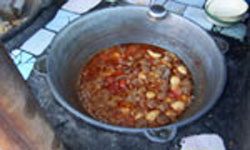
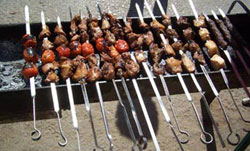
Corba is kind of Turkmen soup. "Shashlyk" is one of the ways Turkmen make kebabs.
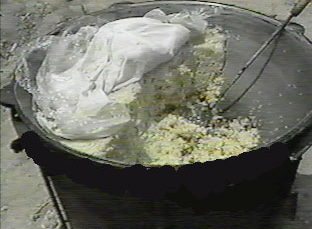
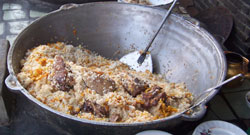
Palov is a famous Turkmen rice dish with meat, vegetables or fruits. There are numerous variations of palov, depending on the region.


Pelmeni was originally a Tatar dish brought to Turkmenistan during the Russian conquest. Turkmens have adapted and added it to their diet. Now pelmeni is made with a number of different stuffings and sauces.
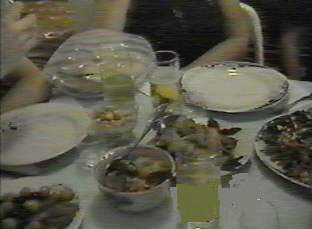
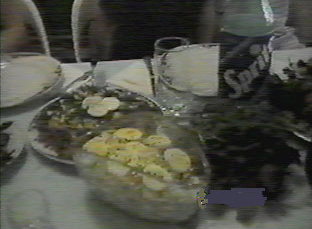
The range of summer vegetables results in an wide assortment of salads, as can be seen above.

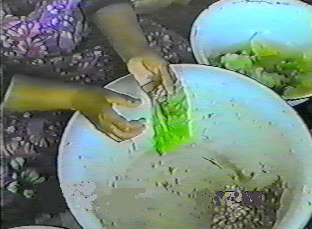
Dolma means "filling." Turkmen cuisine features stuffed peppers, grape leaves, and cabbage leaves. The above picture shows the process of stuffing cabbage leaves for a dish called golubsy.
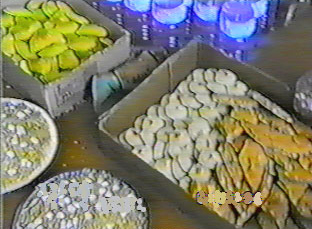

"Koke" is a pastry with a variety of nuts. Borek is also a pastry stuffed with sweet nuts. The yellow dish is "chackcack," a version of fried dough with honey.
© 2006 Five College Center for the Study of World Languages and Five Colleges, Incorporated.
Five Colleges, Incorporated is the consortium of Amherst College, Hampshire College, Mount Holyoke College, Smith College and the University of Massachusetts at Amherst.